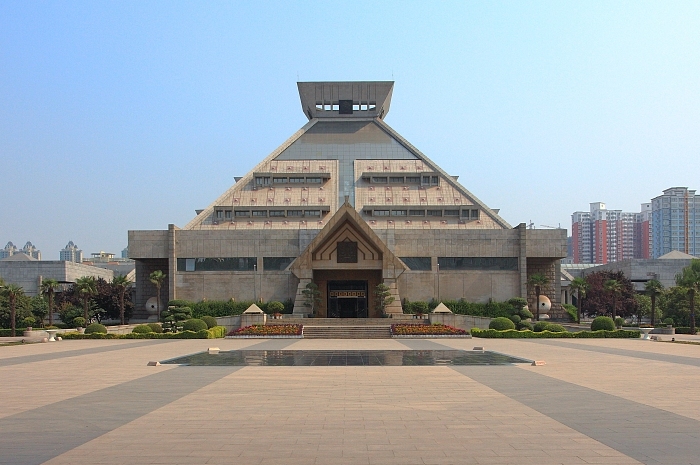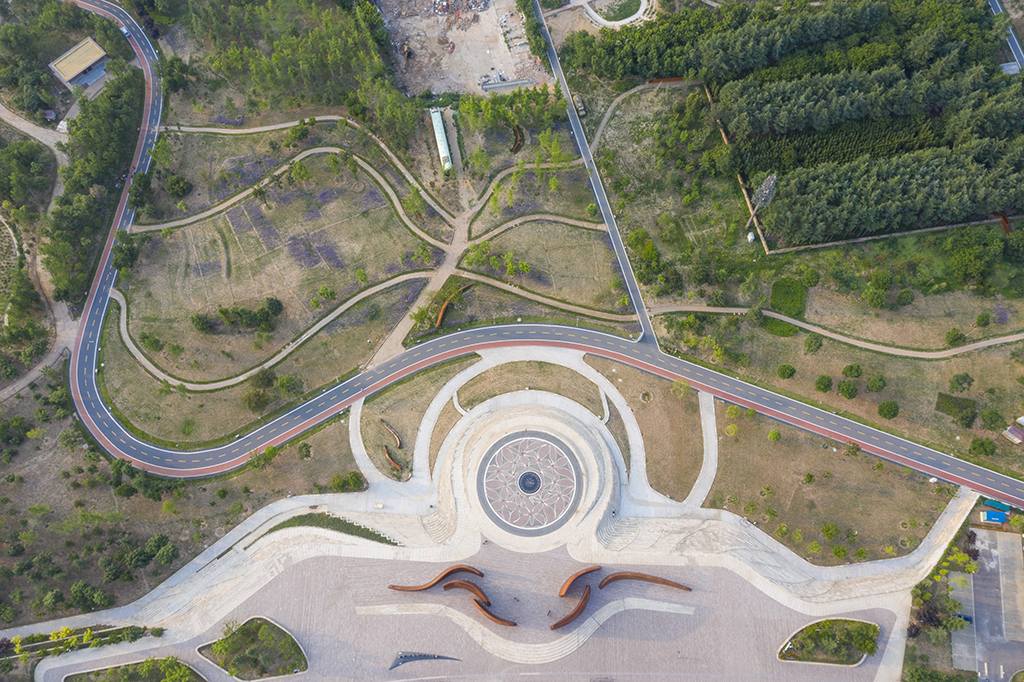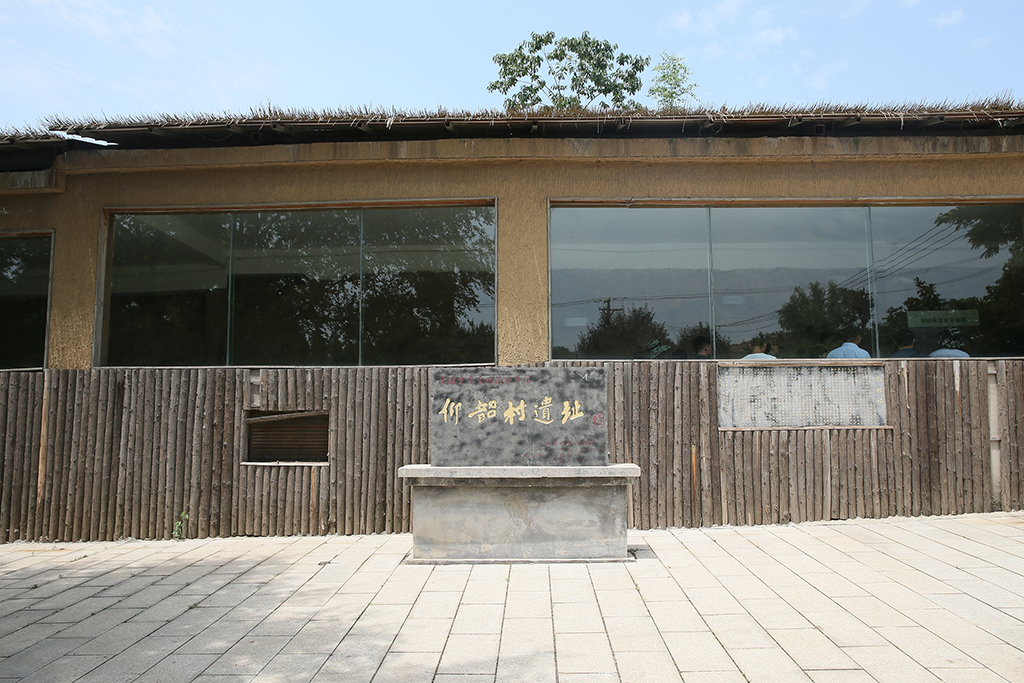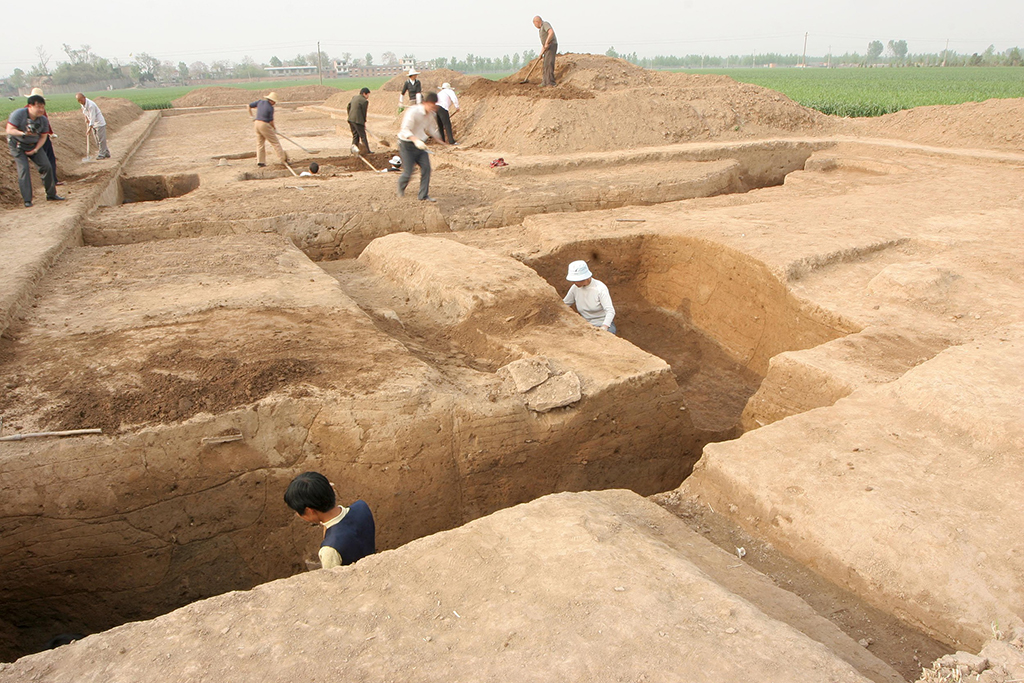Henan province

Henan Museum
Located in Henan province, the museum is home to a collection of 170,000 relics and is particularly well known for its prehistoric artifacts, bronzes from the Shang (c.16th century-11th century BC) and the Western Zhou (c.11th century-771 BC) dynasties, as well as ceramics and jade ware. The central plain area has the cradle of the thriving Chinese civilization, and cultural relics from the museum are testament to its development and history.
Click the link to learn more the Henan Museum

Miaodigou Site (Neolithic)
Located in Sanmenxia city, Henan province, the Miaodigou Site is a Neolithic site covering the Yangshao Cultural Period (5000-3000 BC) and the early Longshan Cultural Period (2500-2000 BC). Thousands of items of pottery from the Yangshao and Longshan cultures have been unearthed from the Miaodigou Site, and have helped explain the transformation from the Yangshao Culture to the Longshan Culture, which is of great archaeological value.

Yangshaocun Site

Discovered in 1921 by the Swedish geologist and archaeologist Johan Gunnar Andersson (1874-1960) in Yangshao village, Henan province, the Yangshaocun Site is where Neolithic Age remains dating to 5,000 to 7,000 years ago were found and which later became known as the Yangshao Culture. As a "national foremost protected cultural heritage site", the Yangshaocun Site has been excavated on three occasions. A large number of stone tools, bone ware, potteries, and clam ware have been unearthed, providing a rich source of information for the study of the history of Chinese society and world archaeology.
Wangchenggang Site (Neolithic)
Situated near Zhengzhou, the capital city of Henan province, the Wangchenggang Site covers an area of about 10,000 square meters. It largely dates back to the Longshan Cultural Period (2500 -2000 BC), with remains from the early period of the Neolithic Peiligang Culture and those contemporary to the Shang and Zhou dynasties (c.16th century - 221BC).
Two small fortresses from the late period of the Longshan Culture as well as the ruins of foundation pits, cellars, and ash pits were discovered at the site. In addition, a number of items of pottery, stoneware, bone ware, copperware, and production tools and utensils were unearthed from the site.
Xinzhai Site (Neolithic)
Discovered in Xinzhai village, Henan province, the Xinzhai Site is a site dating to the late Longshan Cultural Period (2500 BC-2000 BC) and the early Erlitou Cultural Period (c.21st century-16th century BC). It has been preliminarily confirmed that the Xinzhai Site is a defensive facility with outer and inner trenches as well as a large city site built in the centre.
In 2006, the Xinzhai Site was designated a "national foremost protected cultural heritage site".
Erlitou Site
The Erlitou Site in Luoyang city, Henan province is a well-organized, large and unprecedented dynastic capital, from which many ancient Chinese capitals and political systems originated. Palaces, residential areas, pottery and copper casting workshops, pits, and tombs have been discovered there. Cultural relics, such as stoneware, pottery, jade, bronze wares, bone and mussel wares have been unearthed from the site.
The discovery of the Erlitou Site has lifted the mysterious veil surrounding the ancient "Xia Capital". Nowadays, researchers have confirmed that the site is the remains of the capital of the Xia Dynasty (c.21st century-16th century BC).
As a "national foremost protected cultural heritage site", the Erlitou Site boasts important reference value for the study of the source of Chinese civilization, the rise of the country, the origin of the city, and the construction of the imperial capital and palaces. It has been recognized by the academic community as one of the most remarkable ancient cultural sites in China.

Yinxu Site
Located in Anyang city, Henan province, the Yinxu Site is believed to be the first ancient capital city site that has a recorded history in China. The belief is based on oracle bone inscriptions (currently identified as the earliest mature Chinese characters) as well as related archeological research. Acclaimed as the “second ancient Egypt” and designated as a world heritage site, it is famed for its grand and well-established palaces and imperial tombs of the Shang Dynasty (c.16th century-11th century BC) as well as bronze wares which were beautifully produced, intricately decorated and widely used.
Click the link to learn more the Yinxu Site





